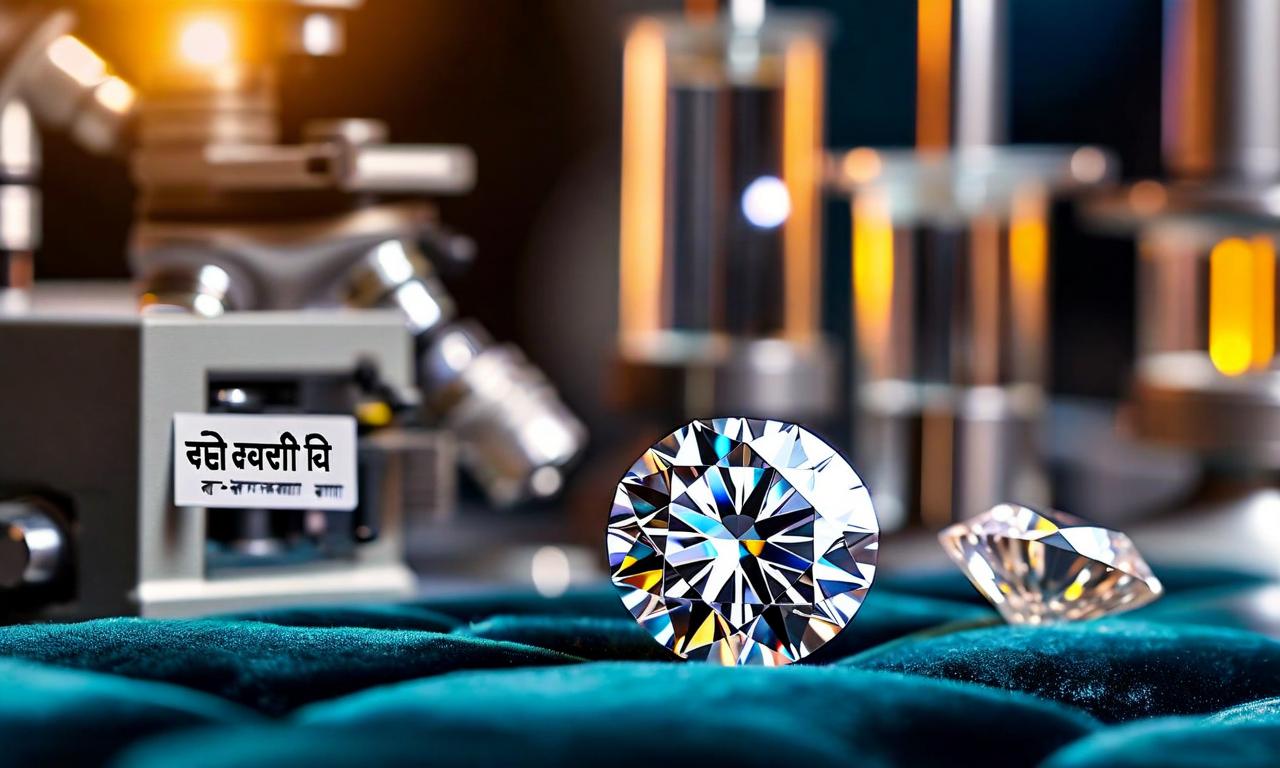Lab-Grown Diamond Market Faces Oversupply Crisis, Natural Diamonds Regain Appeal
The lab-grown diamond industry is facing a significant market shift with prices dropping by 96% since 2018 for both one-carat and two-carat stones. This price collapse is attributed to increased production in China and India, market oversupply, and declining consumer confidence. The natural diamond industry is experiencing renewed interest, with major diamond-producing countries forming the Luanda Accord and allocating 1% of annual sales revenue for marketing efforts. World Diamond Council President Feriel Zerouki notes that the oversupply and price collapse of lab-grown diamonds are significantly impacting their market appeal.

*this image is generated using AI for illustrative purposes only.
The lab-grown diamond industry is experiencing a significant market shift, with prices plummeting and consumer confidence waning, according to recent industry reports. This development has led to a resurgence in interest for natural diamonds, marking a notable turn in the gemstone market.
Price Collapse in Lab-Grown Diamond Market
The lab-grown diamond sector has witnessed a dramatic price decline since 2018:
| Diamond Type | Price Decrease Since 2018 |
|---|---|
| One-carat | 96% |
| Two-carat | 96% |
This steep price drop is primarily attributed to:
- Increased production in China and India
- Market oversupply
- Declining consumer confidence in synthetic gems
Impact on the Diamond Industry
The price collapse of lab-grown diamonds is having far-reaching effects:
- Undermining consumer trust in synthetic gems
- Causing a shift in consumer preference back to natural diamonds
- Potentially relegating lab-grown diamonds to the status of fashion accessories rather than bridal market competitors
Natural Diamond Industry Response
The natural diamond industry, which had experienced a price slump since mid-2022, is now seeing renewed interest. To capitalize on this shift and promote natural diamonds, several key initiatives have been launched:
The Luanda Accord: An agreement between major diamond-producing countries including Angola, Botswana, Democratic Republic of Congo, Namibia, and South Africa.
Marketing Fund: Participating countries have agreed to allocate 1% of their annual diamond sales revenue for collective marketing efforts to promote natural diamonds.
Expert Insight
World Diamond Council President Feriel Zerouki notes that the oversupply and collapsing prices of lab-grown diamonds are significantly impacting their market appeal. This situation presents both challenges and opportunities for the diamond industry as a whole.
Outlook
As the diamond market continues to evolve, industry observers will be closely watching how these trends develop. The coming months may prove crucial in determining the long-term positioning of lab-grown diamonds in the market and the potential resurgence of natural diamonds in consumer preferences.




























